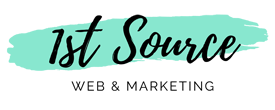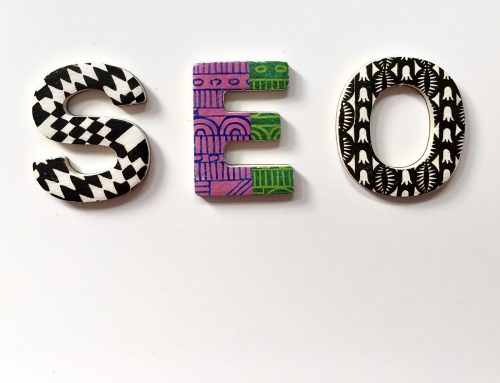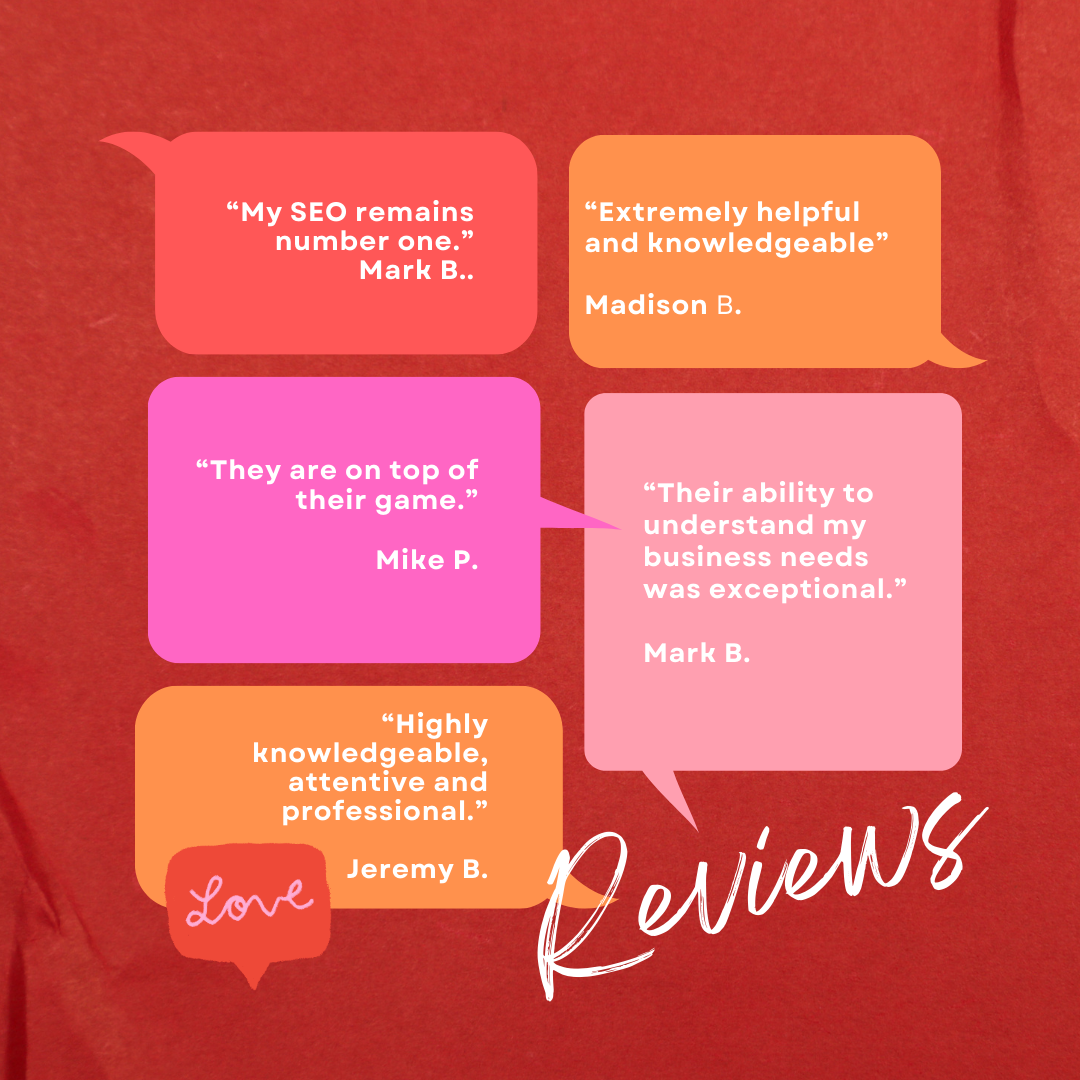The world of business has changed, and if you’re not adapting, you’re falling behind.
These days, consumers aren’t waiting for a salesperson to pitch them or relying on traditional ads to make decisions—they’re doing their own research. This shift has put the power in the hands of the customer, and if your business isn’t producing the right kind of content to capture their attention, you’re missing out on major opportunities.
One of the most effective ways to reach today’s informed buyer? Blogging. And no, it’s not just a trend. Blogging is the cornerstone of a modern content marketing strategy that can help any business—from manufacturing to retail—stand out, attract leads, and drive real growth.
Here’s why it’s more important now than ever, and why you need to jump on board before your competitors leave you in the dust.
1. The New Buyer Journey Starts Online
Remember the days when potential customers would call up a sales team, visit your store, or attend trade shows to learn about your products? Those days are long gone. Now, customers do their homework online—reading reviews, watching videos, and (most importantly) reading blogs.
If your website is just a static brochure, you’re missing the chance to educate and influence these customers early on. A blog full of useful, relevant information positions your company as the go-to resource for answers. It’s your first touchpoint with someone searching for solutions—whether they know they need you yet or not.
For example, if you’re a manufacturing company, potential customers are likely searching for things like, “How to reduce downtime in production lines” or “Best machinery for high-volume manufacturing.” If your blog answers those questions, guess who they’ll turn to when they’re ready to buy?
2. You Need to Stand Out in an Ocean of Competition
Let’s be real—there’s more competition than ever, no matter what industry you’re in. Your website alone isn’t enough to cut through the noise. A blog helps you build an online presence that constantly evolves and responds to customer needs.
Each blog post is an opportunity to rank in search engines for specific keywords your potential customers are typing into Google. Whether it’s “top tech trends in HVAC” or “how to choose the right packaging for perishable goods,” blogging helps you get found. SEO is critical, and a regular blog gives you the power to climb the ranks on search engines and stay visible.
Without it? Well, your competitors will gladly fill that space.
3. Trust is Built Online, Not in Person
Trust is no longer built through handshakes or face-to-face meetings alone. Before any customer even reaches out to your company, they need proof that you know what you’re talking about. This is where blogging shines.
Think about it. If you’re searching for a new product or service, are you more likely to buy from the company that shares helpful, insightful content or the one whose website looks like it hasn’t been updated since 2010? Blogs allow you to showcase your expertise and give your audience a reason to trust you—before they even make contact.
For instance, if you’re a healthcare provider, writing articles like “The latest trends in telemedicine” or “How to choose the right health insurance plan” demonstrates that you’re in the know and genuinely want to help your audience. It’s a way to humanize your brand and build authority at the same time.
4. Lead Generation Without Being Pushy
The days of cold-calling and aggressive sales tactics are coming to an end. Consumers today are looking for value, and they don’t want to feel pressured into making a purchase. A blog gives you the perfect platform to generate leads without coming off as pushy.
By offering solutions, answering common questions, and sharing insights through your blog, you’ll naturally attract visitors to your site. And when you sprinkle in strategic calls to action—like signing up for a newsletter or downloading a free guide—you convert that traffic into leads without having to hard sell.
For example, a retail business might write a post on “5 Sustainable Fashion Trends You Need to Know” with a call-to-action inviting readers to subscribe for more tips or special discounts. This non-intrusive approach nurtures leads and builds long-term relationships.
5. It’s Time to Go Inbound
Here’s the truth: interruption-based marketing is dying. People are tired of being bombarded with ads, cold calls, and irrelevant messages. They’re seeking value upfront. Blogging is your gateway into inbound marketing, where customers come to you because you’re offering something they need.
When you create content that addresses your audience’s problems, they come back for more. It’s not about shoving your product in their face—it’s about providing value, building trust, and letting the sales happen naturally. The shift to inbound marketing is happening now, and blogging is a core component of making it work.
How to Get Started
If you’re ready to start reaping the benefits of blogging, but feel overwhelmed with where to begin, don’t worry—there are ways to get help without taking on the full responsibility yourself.
Here’s what you can do:
- 1
Know Your Audience: Identify their pain points, interests, and what they’re searching for online. For example, are they looking for ways to improve efficiency, reduce costs, or stay updated on industry trends? Tailor your blog content to these needs.
- 2
Create a Content Calendar: Consistency is key when it comes to blogging. Plan topics in advance that address your audience’s biggest challenges and interests. You don’t need to post every day, but having a clear schedule helps keep the momentum going.
- 3
Optimize for SEO: Make sure your blog is optimized to be found by search engines. This means using relevant keywords, internal linking, and writing in a way that search algorithms favor without sacrificing readability for your audience.
- 4
Be Consistent: Regular posting is essential to build traction. Start small with a post or two each month, then gradually increase as you gain momentum. It’s important not to let long gaps occur between posts, as it can hurt your SEO and audience engagement.
- 5
Always Include a Call to Action: Each blog post should guide readers to take the next step, whether it’s signing up for your newsletter, downloading a resource, or contacting your team for more information.
- 6
Leverage Our Blogging Plans: To make blogging even easier, consider one of our monthly plans that take the burden off your shoulders:
DIY – You Post It!: You get one 500-word article, and you handle the posting. This is a great option if you want professional content without committing to a full service.
Primary Posting: You get two 500-word articles, along with royalty-free images and social media posting. We’ll even post them for you, ensuring your blog stays active and engaging with minimal effort on your part.
Premium Posting: For businesses looking for more frequent updates, this plan provides seven 500-word articles each month, plus royalty-free images and social media posting. It’s ideal for businesses that want to keep their audience consistently engaged.
Packed Posting: If you want a robust blogging presence, our top-tier plan includes 12 articles (600 words each), royalty-free images, and social media posting. This package gives you maximum content to showcase your expertise and boost your visibility.
By choosing a blogging plan that suits your needs, you can focus on running your business while we handle the content creation, SEO, and consistency that will drive growth.
Blogging isn’t just a trendy marketing tactic—it’s an essential tool for growth.. By building trust, boosting SEO, and generating leads naturally, your blog becomes the backbone of a successful inbound marketing strategy. The time to start is now, not later. As competition grows fiercer and buyers become more informed, those without a strong online presence risk getting left behind.
Take control and watch how blogging can drive real growth for your business.












